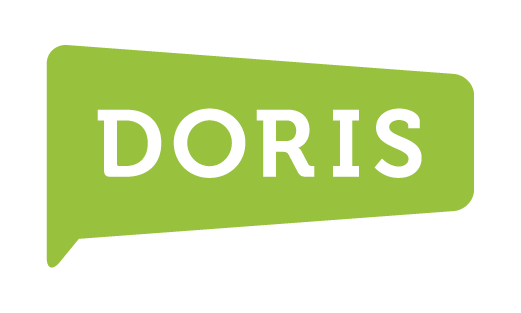What did the big tomato say to the little tomato? Ketchup!
That’s one of my all-time favorite jokes, and it helped form my thinking on a concept we’ve been wrestling with. It is related to a general understanding of the word “productivity.” To begin, I have to back up to last fall. Our research team was approached about understanding the meaning behind a frequent statement heard among neighbors, friends and even colleagues: “I’m so much more productive at home.”
Want more of Sam's wisdom?
Don’t miss a single word. Click the button below to subscribe to the IBJ for more columns like this!
We committed to dissecting this statement that took wing amid the mass exodus of offices during the pandemic. Our group dedicates a lot of time to researching people in order to understand their trials and tribulations related to their office space. We were curious to hear more about what we understood on the surface to be such a positive endorsement of working from home. At times, we ourselves wondered, “If everyone is so much more productive at home, why bother having offices at all?”
Luckily, our curiosity coincided with a commissioned research project in which we engaged people across multiple organizations. We interviewed people one-on-one to fully understand what they really meant when they talked about being more productive at home. Sifting through our interview data, we started to decode the word productivity and understand it from the lens of multiple perspectives.
What became clear was that most people think about the concept of productivity at the individual level. Generally speaking, when a person uses the word productive, they are talking about their own individual responsibilities. They feel they have been productive when they are able to check items off their task lists. For those of us who love making lists so much that the first thing on our list is, “Make to-do list,” we understand the gratification felt when we strike tasks off those lists.
We started calling the concept of this perspective “little p” productivity. It’s essentially productivity from the eyes of an individual. Where things get interesting is when the same word is used to describe the efficacy of an organization. The concept of how productive an organization is considers many factors, one of which might be how many tasks the workforce completes each day. It might also include how creative and innovative the workforce is or how collaborative and strategic the workforce might have been.
As researchers, we love a good paradox, so it is most interesting that—when we’re being creative, innovative, strategic or collaborative—we might not be able to cross as many items off our task list. Thus, productivity from the “little p” lens feels stifled. Ironically, without things like strategic or collaborative moments, our task lists will dry up over time. When delineating the perspective on productivity for organizations, we assigned “big P” productivity.
This brings me back to the joke that helped frame our thinking on this matter: What did big P say to little p? “You’re too small to go it alone.”
“Big P” productivity will have to lead the way if organizations are going to be successful. “Big P” won’t have to remind “little p” to catch up. Just check their perspective.
Published by the Indianapolis Business Journal

